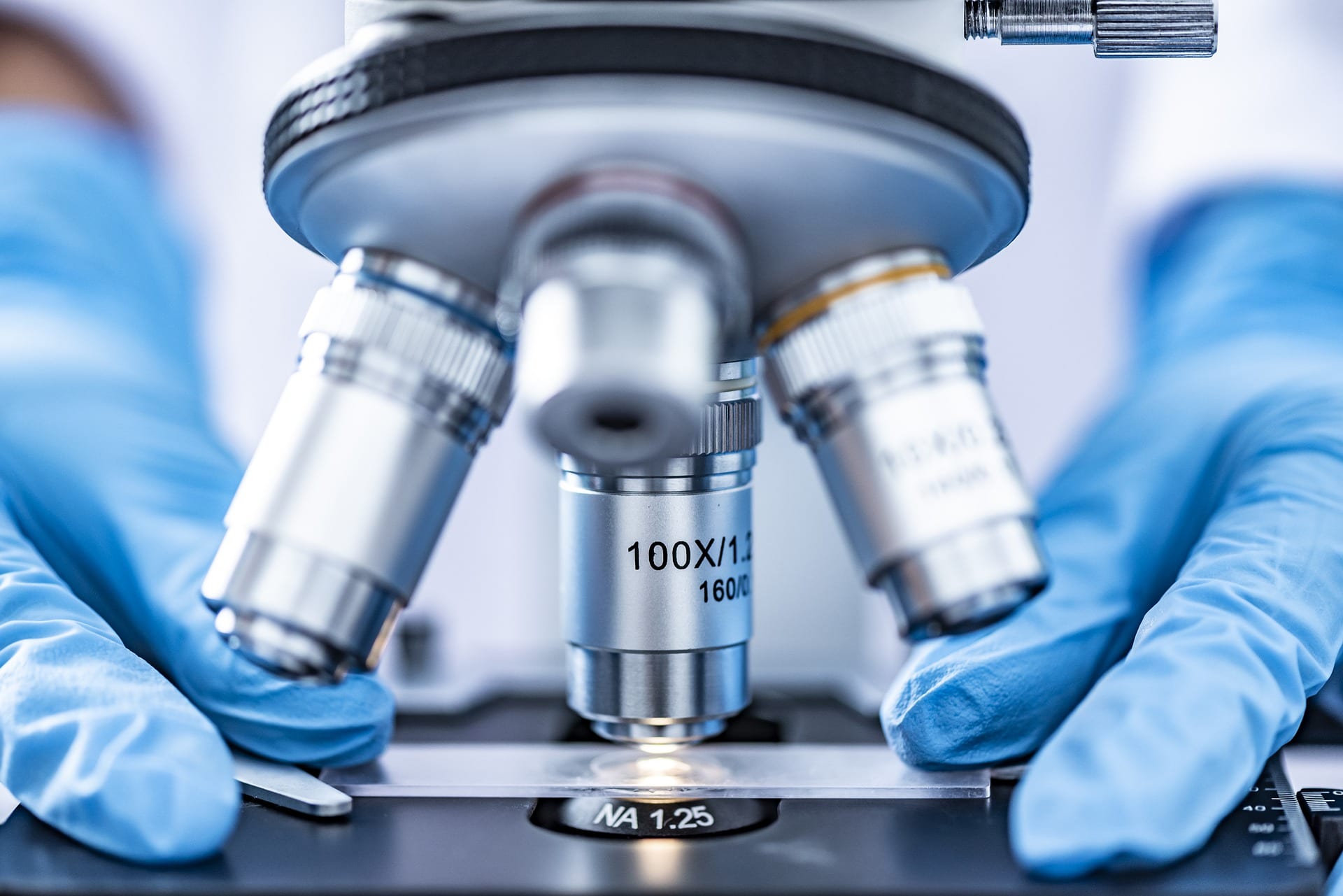Panagiotis Karanis, Professor of Anatomy at the University of Nicosia Medical School has recently published the following journal article:
Li X, Zhang X, Jian Y, Wang G, Ma L, Schou C,Karanis P.Detection of Cryptosporidium oocysts and Giardia cysts in vegetables from street markets from the Qinghai Tibetan Plateau Area in China. Parasitol Res. 2020 Jun;119(6):1847-1855. doi: 10.1007/s00436-020-06661-z. Epub 2020 Apr 29. PMID: 32350588
Abstract:
Cryptosporidium and Giardia are well-known parasitic protozoans responsible for waterborne and foodborne diarrhoeal diseases. However, data are not available on market vegetables contaminated with Cryptosporidium and Giardia in China. In the present study, 642 different vegetable samples were collected from Xining City street vendors in the Qinghai Province to study the Cryptosporidium and Giardia contamination rates via PCR and sequence analyses. Cryptosporidium spp. and Giardia duodenalis were detected in 16 (2.5%) and 73 (11.4%) samples, respectively.

Two species of Cryptosporidium, C. parvum (n = 11) and C. andersoni (n = 5), were identified. G. duodenalis assemblage B was identified in almost all positive samples (n = 72), except one sample that contained G. duodenalis assemblage E. We report on the rate of Cryptosporidium and Giardia contamination in vegetables for the first time from the Qinghai Tibetan Plateau Area (QTPA) in China.
Link: https://pubmed.ncbi.nlm.nih.gov/32350588/?from_term=karanis+p&from_sort=date&from_pos=1

